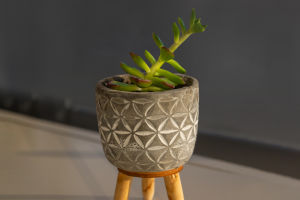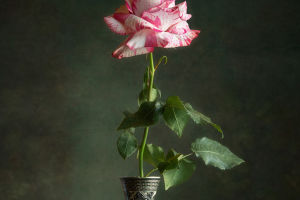Tulips’ Global Journey
When you think of tulips, you likely picture the sweeping fields of colorful blooms in the Netherlands.
However, while tulips are strongly associated with Dutch culture and landscape, these iconic flowers actually originated far from Europe.
Their journey from remote mountainous regions to the fertile fields of Holland is a fascinating story of cultural exchange, economics, and horticulture. Let’s dive into the history of tulips and explore how they became synonymous with the Netherlands.
1. The True Origins of Tulips
Tulips are native to Central Asia, specifically regions that are now parts of Türkiye, and the mountainous ranges stretching toward the Himalayas. Wild tulips grew naturally in these regions, thriving in the dry, well-drained conditions of the high mountains. They were cultivated as early as the 10th century by the Turks, who appreciated their beauty and began hybridizing and growing them in gardens.
During the Ottoman Empire, tulips held a special place in Turkish culture and became symbols of paradise and life. The flowers were celebrated in art, poetry, and festivals, eventually becoming a favorite of Sultan Suleiman the Magnificent. Tulips became so integrated into Ottoman culture that the 18th-century period of the Ottoman Empire is often referred to as the “Tulip Era.”
2. Tulips Journey to Europe
Tulips arrived in Europe through diplomatic and cultural exchanges between the Ottoman Empire and European kingdoms. One of the most prominent figures in this transfer was Ogier Ghiselin de Busbecq, the Austrian ambassador to the Ottoman Empire. In the mid-16th century, Busbecq was so captivated by tulips he encountered in Turkish gardens that he sent some bulbs back to Vienna. From there, tulips spread to other European countries, quickly gaining popularity for their unique and striking appearance.
In the Netherlands, botanist Carolus Clusius played a key role in popularizing tulips. After planting them in his garden at the University of Leiden in the late 1500s, Clusius sparked widespread interest in tulips among Dutch horticulturalists. The flower’s beauty and rarity made it highly desirable, and soon it became a status symbol for wealthy Dutch citizens.
3. Tulip Mania in the Netherlands
By the early 17th century, tulips had taken the Netherlands by storm. They became so popular that the Dutch experienced what is now known as “Tulip Mania,” one of the first recorded economic bubbles in history. Rare and unusually colored tulips, particularly those with streaks or patterns caused by a virus, were highly coveted and sold at astronomical prices. Some tulip bulbs were valued at more than houses, leading to wild speculation and trading frenzy.
At its peak in the 1630s, Tulip Mania saw individuals buying bulbs with the hope of selling them at a profit, but when prices eventually collapsed, many were left in financial ruin. Despite this, tulips remained popular, and the Netherlands continued to cultivate and perfect the art of tulip growing, cementing the flower’s place in Dutch horticulture and culture.
4. Why the Netherlands is Now Known for Tulips
Following Tulip Mania, tulips became more accessible and eventually a staple of the Dutch agricultural industry. The Netherlands’ flat terrain, mild climate, and sandy, well-drained soil created ideal conditions for cultivating tulips on a large scale. Over the centuries, Dutch growers developed new hybrids, perfecting techniques to create a wide range of colors, sizes, and patterns.
Today, the Netherlands is the world’s leading tulip producer, exporting billions of tulip bulbs annually. The country has developed a thriving flower industry, not only cultivating tulips but also exporting other flowers and bulbs around the world. The Keukenhof Gardens, located near Lisse, is one of the most famous places to see Dutch tulips in bloom, attracting millions of visitors every spring.
5. Tulips as a Cultural Icon of the Netherlands
Tulips have become a national symbol of the Netherlands, celebrated through festivals, events, and tourism. Every year, Dutch cities and towns host tulip festivals, the most famous being “National Tulip Day” in Amsterdam, which marks the start of the tulip season in January. This event allows residents and tourists to pick their own tulips from thousands of blooms arranged in Amsterdam’s Dam Square.
Dutch culture has fully embraced tulips, making them a key aspect of national identity and tourism. The Dutch people take pride in their tulip-growing expertise, and the flower continues to symbolize beauty, elegance, and the Dutch spirit of innovation and horticultural mastery.
Although tulips did not originally come from the Netherlands, they have become inseparably linked with the country’s identity. Their journey from Central Asia to becoming an essential symbol of Dutch culture is a testament to how flowers can transcend borders and become iconic. Today, thanks to centuries of cultivation and dedication, tulips bloom in vibrant displays across the Netherlands, showcasing the country’s unique relationship with these beautiful blooms. So, the next time you see a tulip field, remember that these colorful flowers carry with them a rich history of exploration, trade, and cultural fusion.


